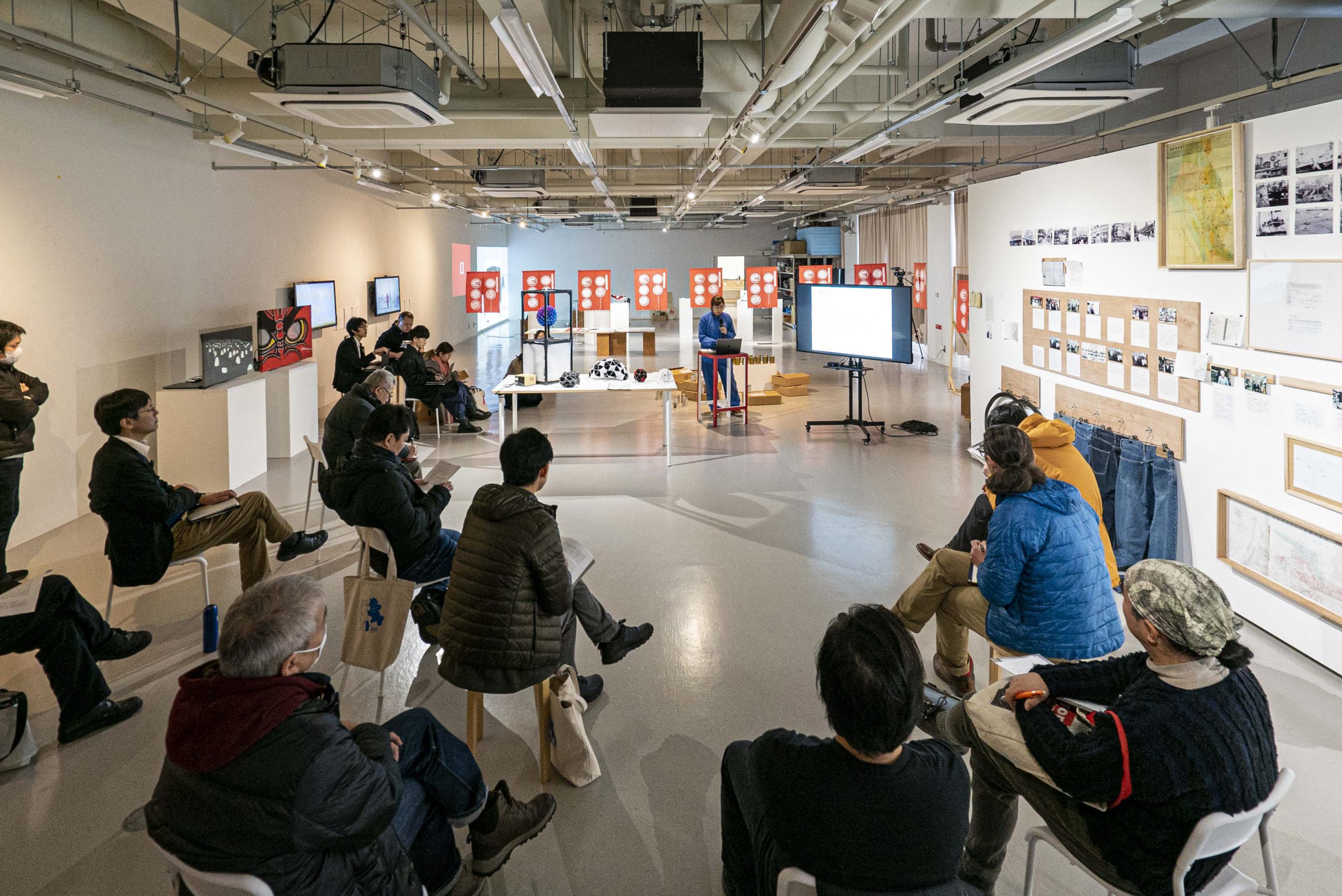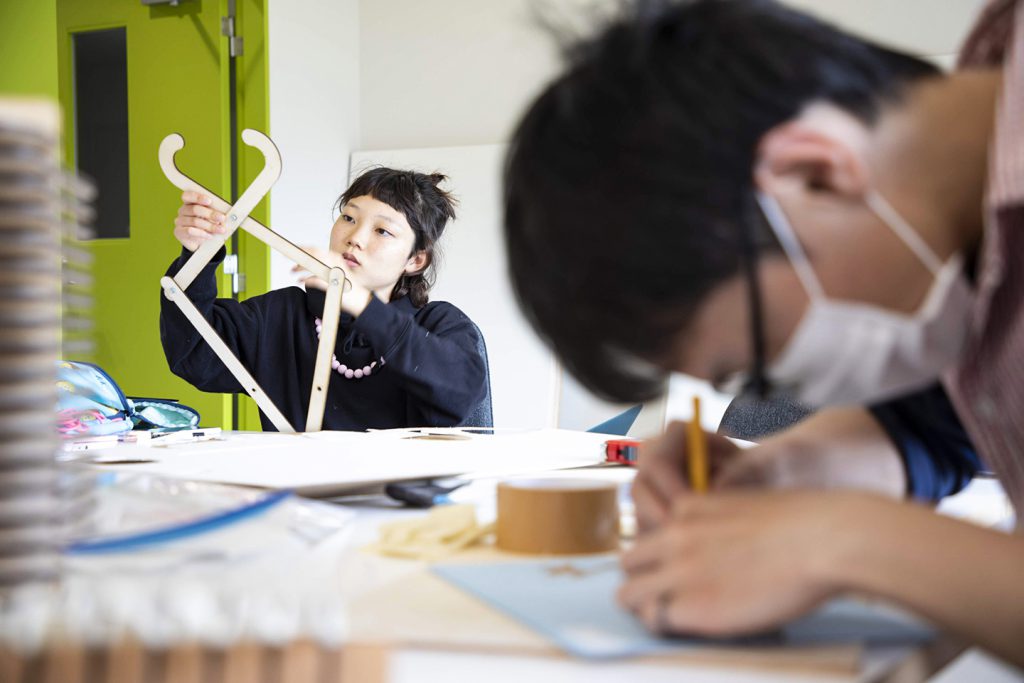
Curriculum Policy
The basic structure of the Graduate School curriculum is intended to fulfill the following educational objectives
1. To enable students to pursue new forms of art by providing them with the opportunity to combine their own individual modes of expression with other artistic or non-artistic fields.
2. To foster students’ ability to collaborate on practical proposals based on art and design methodologies, while also taking into account social trends and regional differences.
3. To encourage the formation of new theories in emerging fields through transdisciplinary research in contemporary art, and the communication of research results to the broader society.
Transdisciplinary Arts Theory (6 credits)
In the “Transdisciplinary Arts Theory” courses, students gain the specialized knowledge necessary to put the expressive activities currently taking place in the contemporary arts fields into practice in the community and the larger society.
In order to acquire more applicative knowledge, students take “Applied Transdisciplinary Art Theory” in both practical and theoretical methods. In its practical part of the class, students study social development and the application, and on the theoretical part, which students explore the expressive potential of Transdisciplinary Art.
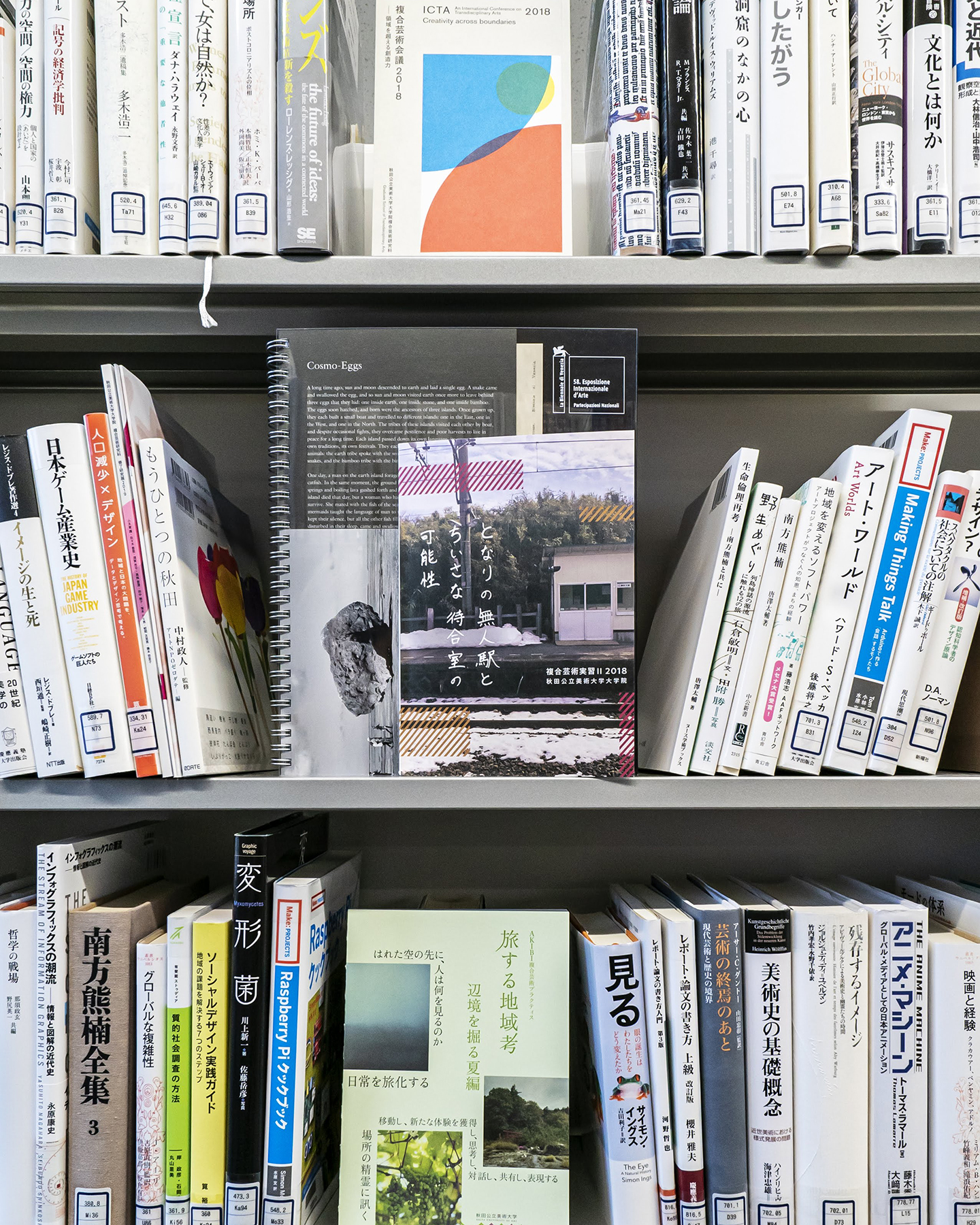
Transdisciplinary Arts Practicum (8 credits)
The “Transdisciplinary Arts Practicum” is a required set of three courses (TA Practicums ) in which students apply the various techniques studied in the TA Worskshop courses, as well as their own expressive potential enhanced through the Production Skills Workshop, in the local community. As in the TA Workshop, students will be grouped in teams of 3-4 as they carry out the Practicum.
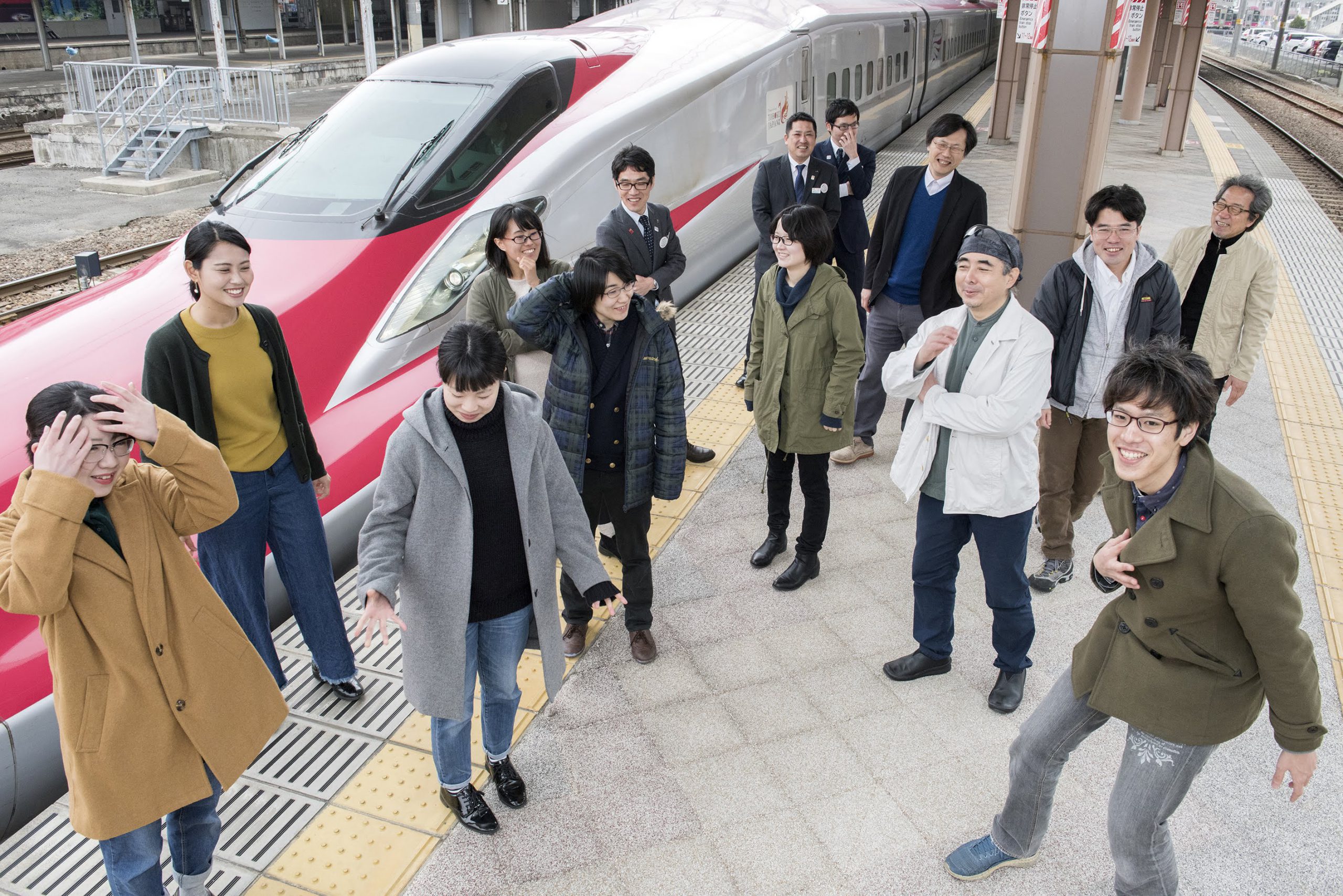
Production Technology Practicum
The "Production Technology Practicum" is provided to supplement skills and knowledge that are not enough in the "Transdisciplinary Arts Theory" and the “Transdisciplinary Arts Practicum”.
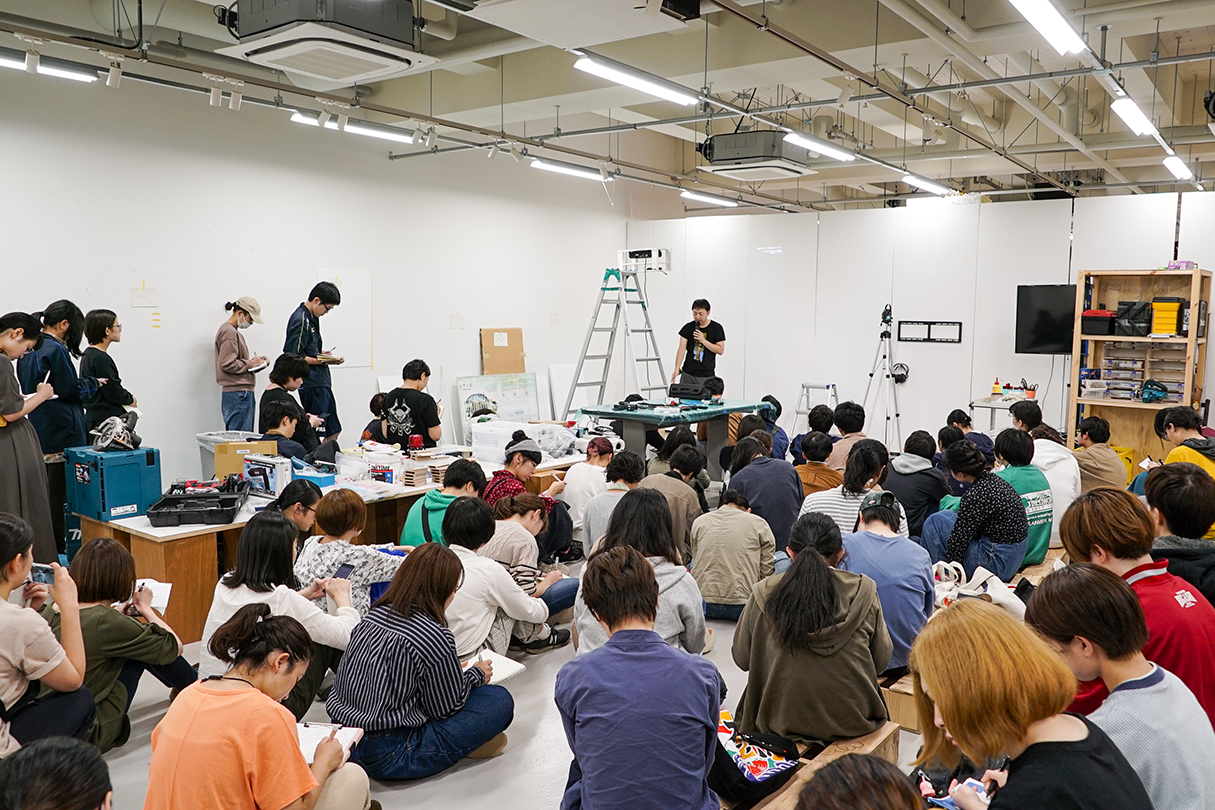
Guided Research (18 credits)
The "Guided Researd", while conducting guidance on master's thesis and master's production in an interview style, through the flow of presentation of research themes, annual production / research announcements and submission of reports, setting of research themes that lead to master's thesis or master's production.
Based on that theme, we will make new trials and modifications in the course of production and research based on the theme, obtain a certain result based on a complex viewpoint, and aim to determine the direction of research.
